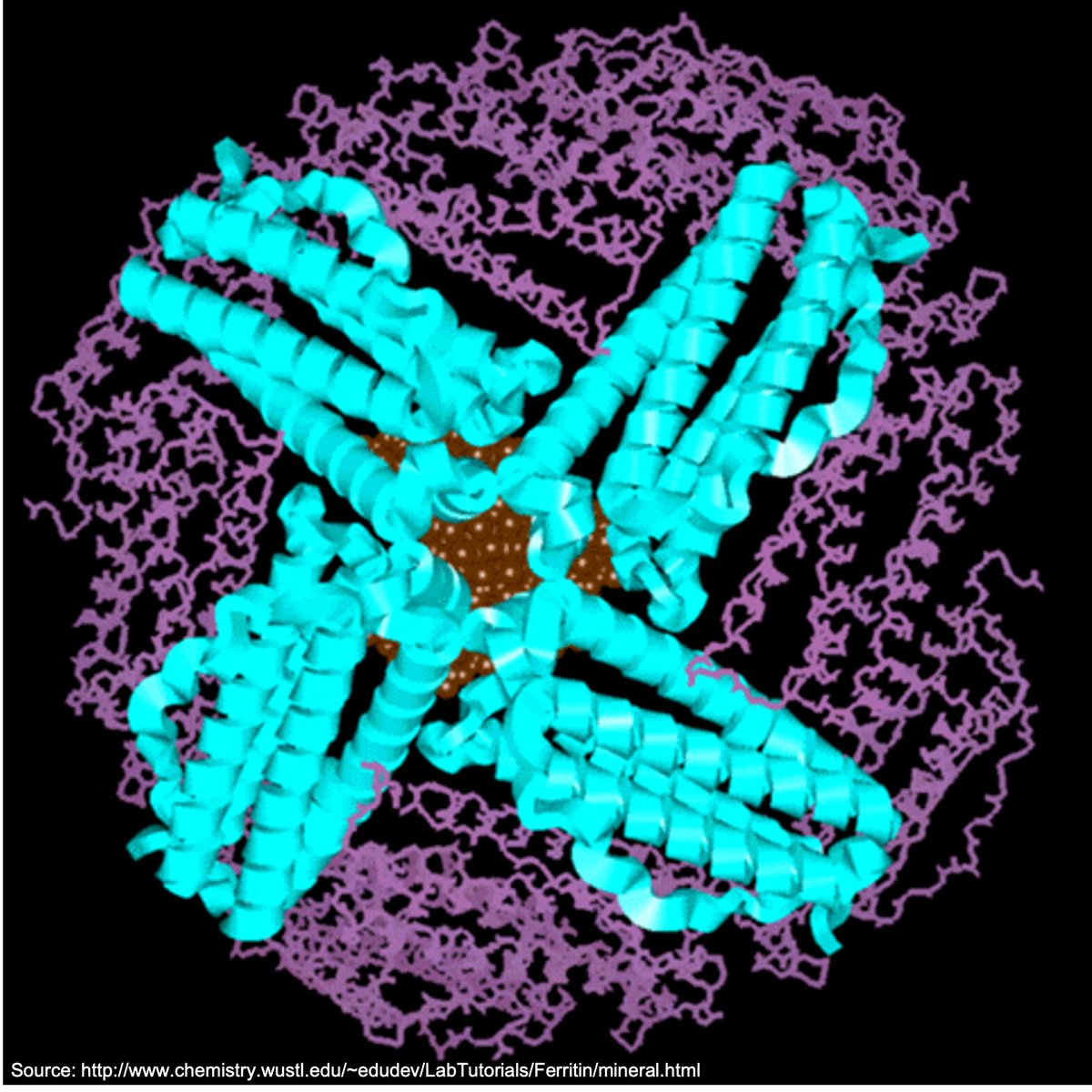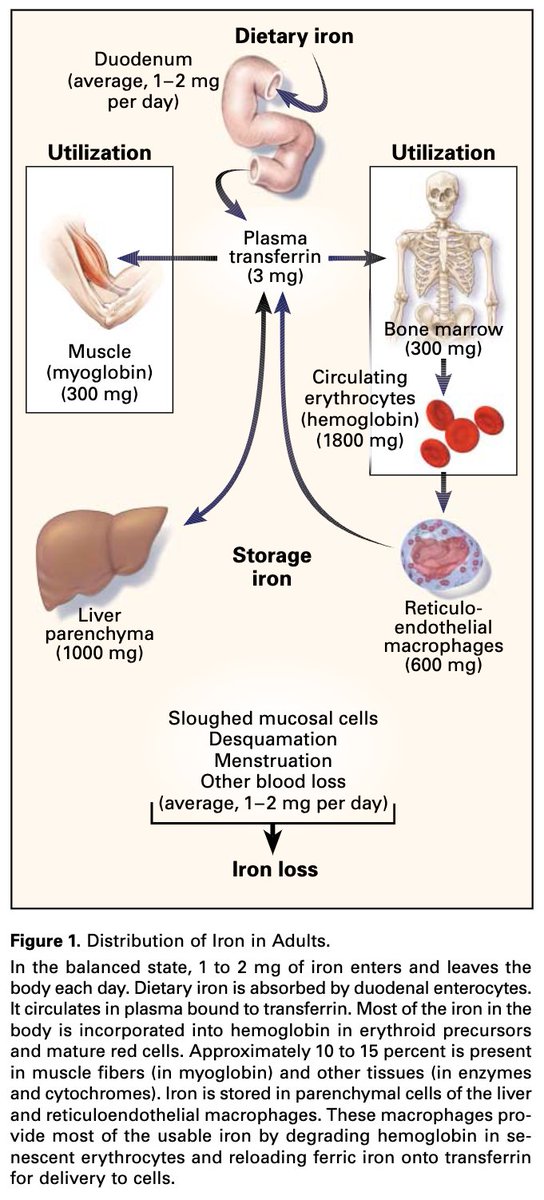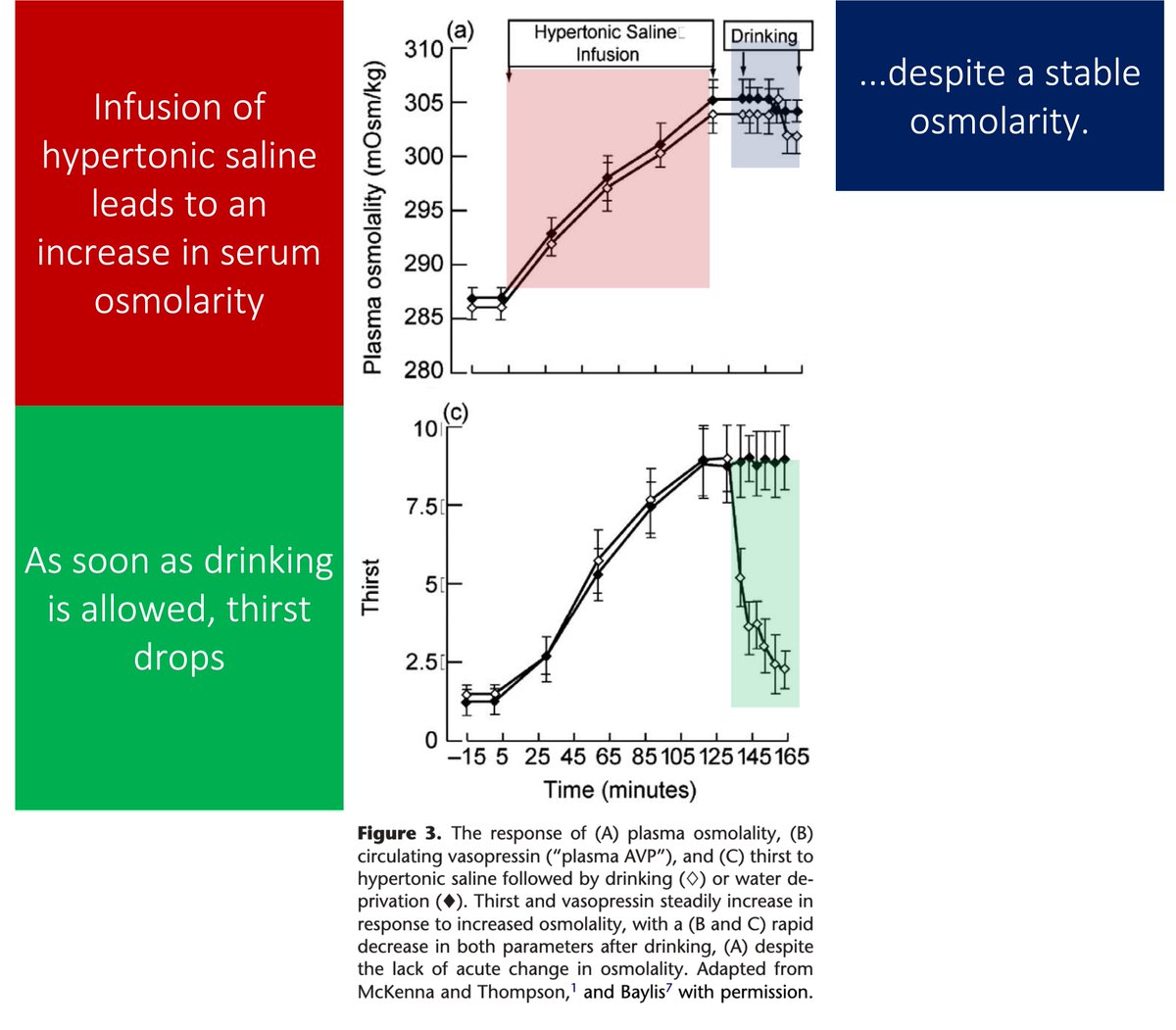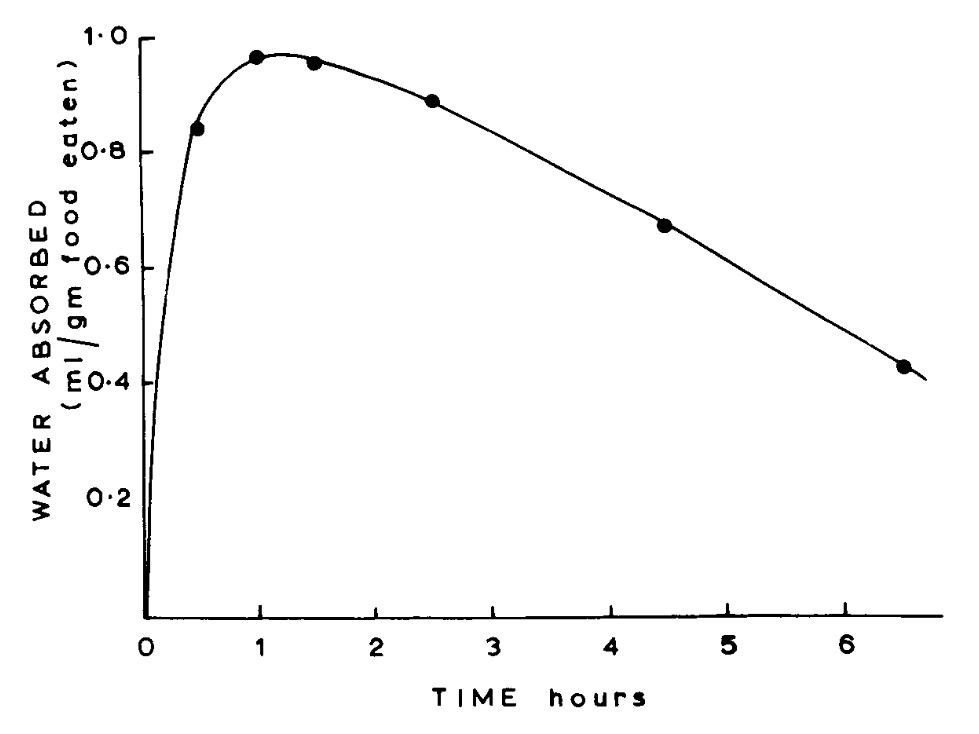Does hemochromatosis (HH) protect against Mycobacterium tuberculosis (MTB) infection?
If so, how could that be?
◾️MTB needs iron and HH is associated with overload
◾️MTB resides within macrophages, a site of iron storage
It seems that MTB should thrive in HH. Does it?
It turns out that the distribution of iron overload in HH is not uniform. It preferentially accumulates within parenchymal (e.g., heart, liver, pancreas) cells.
One place it remarkably spares?
Macrophages of the reticuloendothelial system!
pubmed.ncbi.nlm.nih.gov/1115031/
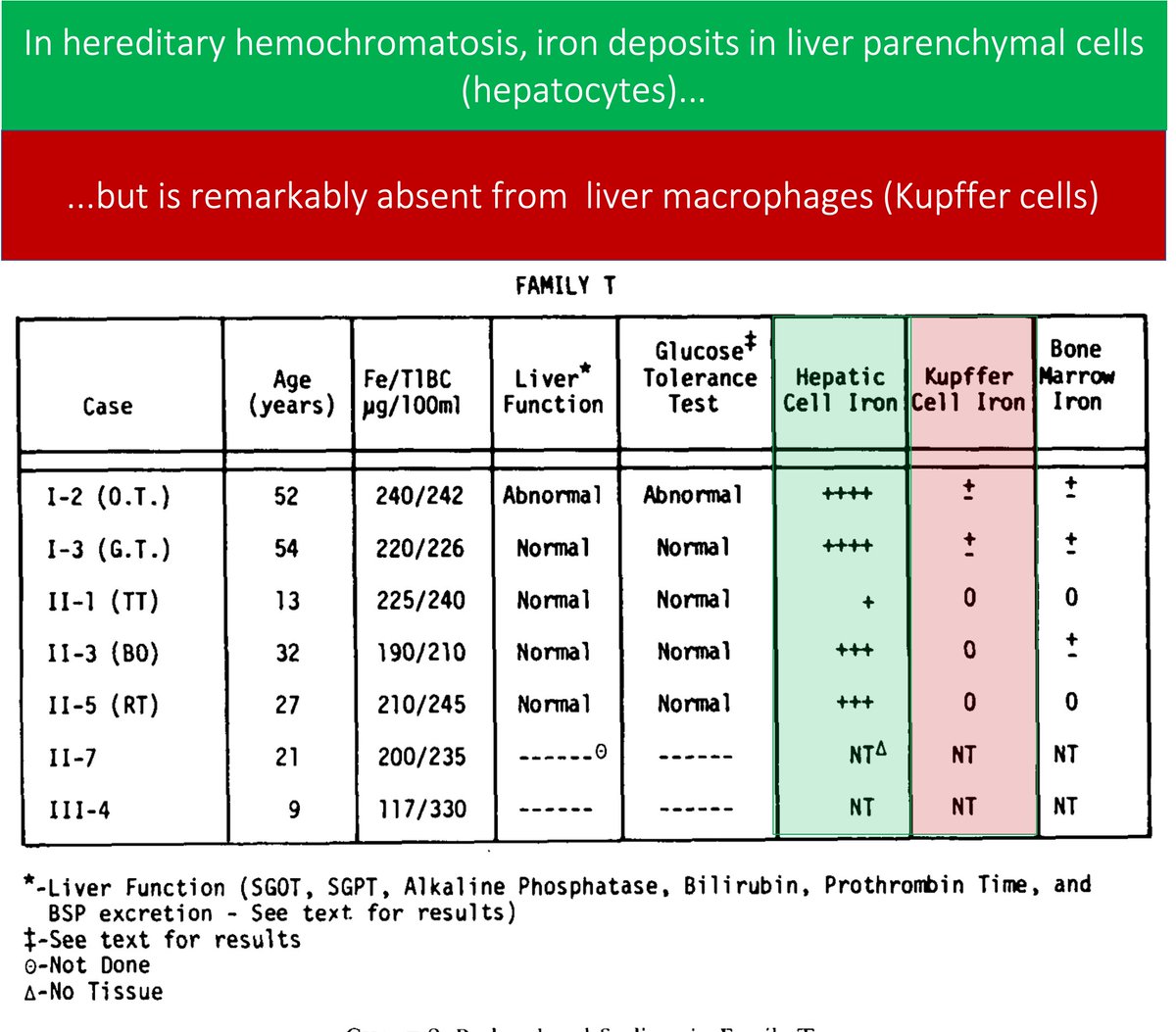
How is this discrepancy explained?
Monocytes from patients with HH release twice as much iron as normal human monocytes after RBC phagocytosis.
pubmed.ncbi.nlm.nih.gov/9746792/
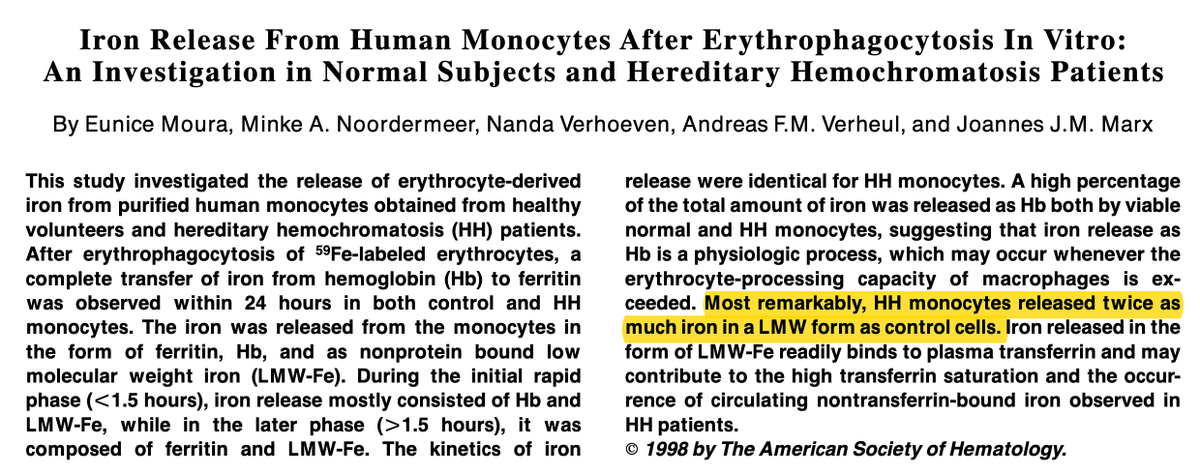
Potentially as a result of these low iron levels, MTB does not acquire as much iron from macrophages of patients with hemochromatosis.
MTB also does not grow as well within these macrophages.
pubmed.ncbi.nlm.nih.gov/17038583/
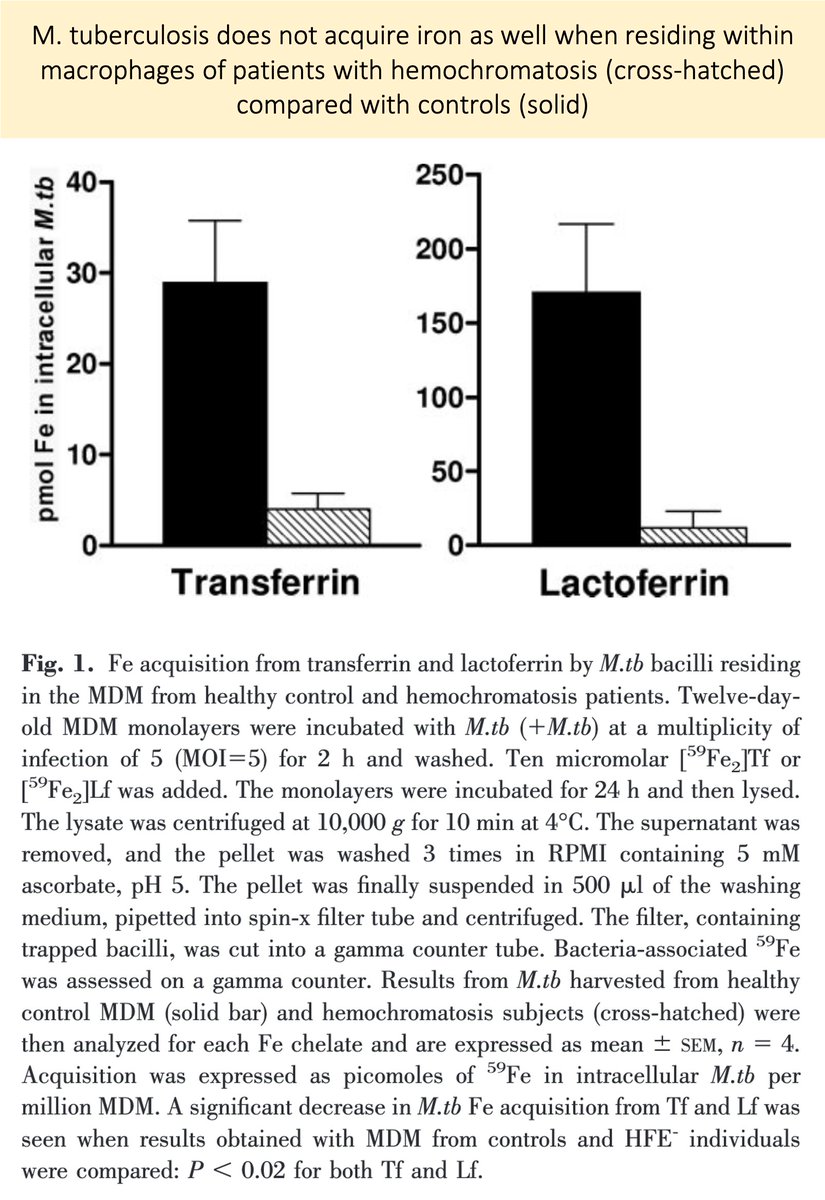
Whether the poor growth of MTB observed in these studies has resulted in less susceptibility infection is not clear.
Whether this provides a partial evolutionary explanation for hemochromatosis is also unclear.
These papers provide more information about this "Epidemic Pathogenic Selection" hypothesis.
Note that other pathogens (e.g., Y. pestis, the cause of the Bubonic Plague) residing within macrophages may be similarly affected!
pubmed.ncbi.nlm.nih.gov/12208162/
pubmed.ncbi.nlm.nih.gov/15088940/



